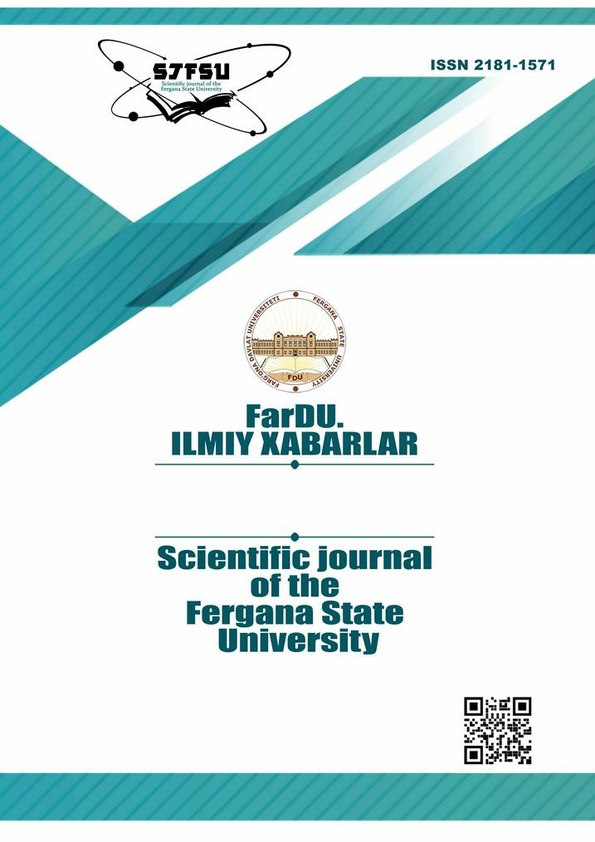SEMANTIC-SYNTACTIC FACTORS IN THE INDIRECT SPEECH, EXPRESSING FIGURATIVENESS
Keywords:
quotations that are not his own, imagery, character traits, emotional-expressive attitude, semantic-stylistic factors.Abstract
This article discusses the semantic and stylistic factors that provide imagery through non-own quotations. It is known that speech is a very complex process, so the speaker cannot always express his attitude to the listener as he wants. In such situations, the words that have been actively used by the speaker in everyday speech, in his opinion, become incapable of expressing his emotional-expressive attitude to the things and objects or persons to which the speech is directed. Imagery is based on metaphors, which serve to express attitude and emotional expressiveness is the most convenient means of expression. Figurativeness, as a phenomenon characteristic of any metaphorical application, plays an important role in various forms of speech, in particular, in artistic texts, in the form of a quote that is not one's own. At this point, in artistic texts, the use of quotations that are not one's own is intended to illuminate the character's characteristics, his inner experiences, and his attitude to the surrounding people, so the words expressing attitude have an important place in them. it is natural to occupy.
References
Маҳмудов Н.Нутқ маданияти ва тилнинг эстетик вазифаси // Филология масалалари.–2006. –№2 (11). –Б.51.
Йўлдошев Б., Исроилов О. Ўзиники бўлмаган кўчирма гапнинг грамматик-стилистик хусусиятлари ва бадиий текстдаги ўрни. –Самарқанд: СамДУ, 1991. B.27.
Сиддиқова Ш.И. Ўзга гаплар тадқиқи. Монография. Тошкент Innovatsion-Ziyo” 2021. Б. 98.
Бегматов Э., Бобоева А., Асомиддинова М., Умурқулов Б. Ўзбек нутқи маданияти очерклари. Тошкент: Фан, 1988, Б.85.
Downloads
Published
Issue
Section
License
Copyright (c) 2023 Scientific journal of the Fergana State University

This work is licensed under a Creative Commons Attribution-NonCommercial-NoDerivatives 4.0 International License.
How to Cite
Most read articles by the same author(s)
- , , , THE ORETICAL BASIS AND METHODS OF NEUROLINGUISTICS , Scientific journal of the Fergana State University: No. 4 (2023): FarDU ilmiy habarlari jurnali (Ijtimoiy gumanitar)
- Shoxida Irgasheva, SEMANTIC FEATURES OF THE FUNCTIONING OF NEOLOGISMS IN ENGLISH INTERNET DISCOURSE , Scientific journal of the Fergana State University: No. 1 (2023): Scientific journal of the Fergana State University (Social humanities sciences)
- , ON THE HUMAN PROBLEM AND HUMAN CHARACTERISTICS IN THE TEACHINGS OF IBN SINA , Scientific journal of the Fergana State University: No. 4 (2023): Scientific journal of the Fergana State University (Exact and natural sciences)
- , PROSPECTS OF THE NATIONAL IDEOLOGICAL STRATEGY IN ENSURING THE DEVELOPMENT AND STABILITY OF OUR COUNTRY , Scientific journal of the Fergana State University: No. 6 (2024): FarDU.Ilmiy xabarlar jurnali (Aniq va tabiiy fanlar)

